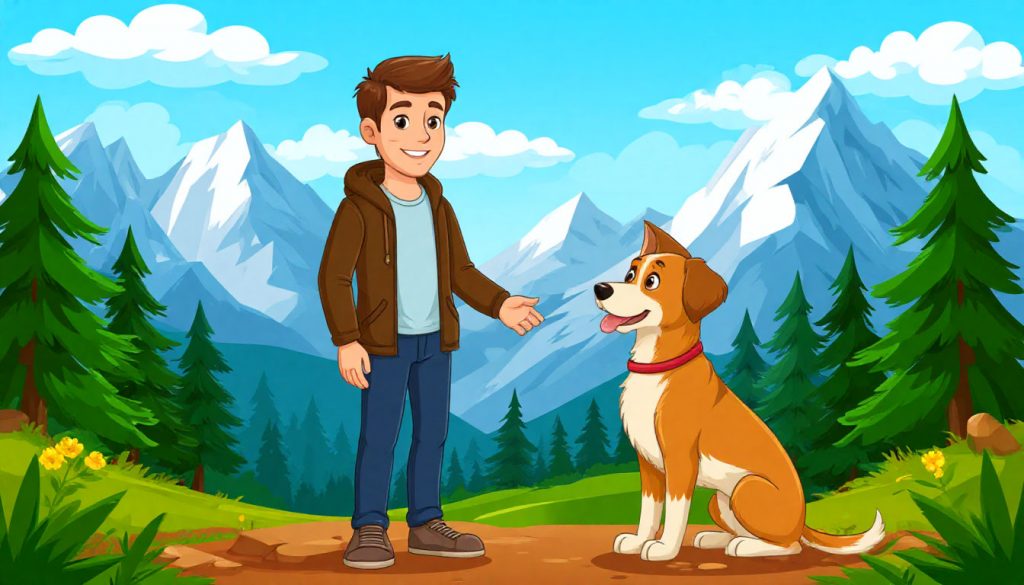Dogs have been humanity’s faithful companions for tens of thousands of years. From their ancient beginnings as wild wolves to their modern status as beloved pets, service animals, and working partners, the evolution of dogs (Canis lupus familiaris) is one of the oldest and most successful examples of domestication. This article explores the history of modern dogs, their early domestication, and how they have come to fill diverse roles in human society.
From Wolf to Best Friend
The story of the domestic dog begins with the gray wolf (Canis lupus), the species from which all modern dogs descend. Unlike cats, which largely domesticated themselves, dogs were likely actively domesticated by humans during the Paleolithic era, over 15,000 years ago—possibly even as far back as 30,000 years ago.
Early hunter-gatherers may have tamed wolf pups, raising and selectively breeding those with traits like tameness, loyalty, and cooperation. These proto-dogs helped humans hunt, guarded campsites, and provided companionship, creating a mutually beneficial bond that would evolve over millennia.
Dogs in Ancient Civilizations
By the time of ancient Mesopotamia, Egypt, and China, dogs were not just useful but revered. They were employed as guardians, hunters, and even spiritual symbols. Egyptian tombs contain paintings of dogs, while Chinese dynasties kept lap dogs as palace pets.
In ancient Rome, dogs were used as both pets and war animals, trained to wear armor and accompany soldiers into battle. Some breeds, like the Mastiff, trace their lineage back to these early roles.
The Middle Ages and Specialized Breeding
During the Middle Ages, dogs began to be selectively bred for specific tasks. In Europe, dogs were developed to herd sheep, retrieve game, guard property, and assist fishermen. This is when many of today’s most recognized breeds began to take shape.
For example:
- The Border Collie was bred for herding sheep.
- The Bloodhound was prized for its tracking abilities.
- The Greyhound was used for hunting and racing.
Dogs became an integral part of both rural and noble life, with breeds chosen to suit different environments and needs.
From Utility to Companionship
With the industrial revolution and urbanization in the 18th and 19th centuries, the role of dogs began to shift from purely utilitarian to companionship. Dogs became part of the family. Queen Victoria of England played a major role in this cultural shift by popularizing lap dogs such as Pomeranians and Cavalier King Charles Spaniels.
In the 19th century, dog shows and kennel clubs began to standardize and register breeds. The American Kennel Club (AKC) was founded in 1884 to classify and promote recognized dog breeds in the U.S.
Dogs in the Modern World
Today, dogs serve many roles:
- Service dogs assist people with disabilities.
- Therapy dogs offer emotional support.
- Working dogs help in police, military, and rescue missions.
- And millions more are kept simply as beloved pets.
Advancements in veterinary care, nutrition, and training techniques have dramatically improved the health and well-being of modern dogs. Social media and entertainment have further increased their popularity and visibility in modern culture.
Glossary
- Domestication — The process by which animals adapt to life with humans through selection and breeding
- Gray wolf — The wild ancestor of modern domestic dogs
- Selective breeding — The intentional mating of animals to promote desirable traits
- American Kennel Club (AKC) — A major organization that registers and promotes dog breeds
- Service dog — A dog trained to assist a person with a disability in daily tasks


